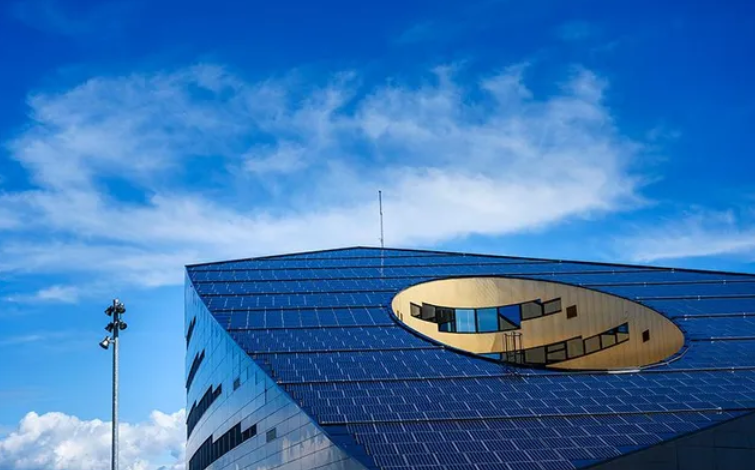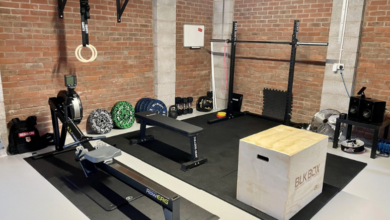BIPV Cladding Benefits and Applications in Modern Architecture

BIPV cladding is a technology that integrates solar photovoltaic cells directly into the exterior surfaces of buildings, such as facades and walls. It serves as both a protective building material and an energy generator, converting sunlight into electricity without the need for traditional solar panels. This dual function allows structures to harness solar power efficiently while maintaining architectural design integrity.
This innovative approach not only reduces reliance on external energy sources but also offers design flexibility with customizable colors, finishes, and materials. By replacing conventional cladding with energy-producing surfaces, BIPV cladding maximizes the use of the building envelope for sustainable power generation.
As cities grow and energy demands rise, BIPV cladding presents a practical solution for integrating renewable energy into urban architecture. It allows architects and developers to create buildings that contribute to clean energy goals without compromising aesthetics or functionality.
Overview of BIPV Cladding
BIPV cladding integrates solar energy technology directly into a building’s exterior surfaces. It replaces conventional cladding materials while producing electricity, enhancing both the building’s function and aesthetics. This combination of structure and energy generation boosts energy efficiency and reduces dependence on external power sources.
Definition of BIPV Cladding
Building-Integrated Photovoltaic (BIPV) cladding refers to solar panels adapted to serve as part of a building’s outer walls or façade. Unlike traditional solar panels that are mounted on rooftops, BIPV cladding replaces conventional wall or façade materials. This integration means it simultaneously protects the building envelope and generates electricity.
BIPV cladding is designed to be visually cohesive with architectural elements. It transforms non-active surfaces, such as walls or sound barriers, into power-generating components without adding extra space requirements.
Key Components and Materials
BIPV cladding typically includes photovoltaic cells laminated onto or embedded within panels made of glass, metal, or composite materials. These cells convert sunlight into electricity while the panels serve structural and weatherproofing functions.
Common materials include monocrystalline or polycrystalline silicon cells, thin-film technologies, and tempered glass for durability. Supporting materials like aluminum framing provide structural stability and a sleek finish.
The electrical components integrate wiring and inverters discreetly within the cladding assembly, ensuring seamless operation and minimal visual impact.
See also: What Regulated Businesses Get Wrong About Independent Audits vs Internal Audits?
Types of BIPV Cladding Systems
There are several BIPV cladding systems, including solar facades, solar siding, and solar curtain walls.
- Solar facades are designed to cover entire building exterior walls and incorporate solar cells protected by glass or metal panels.
- Solar siding combines traditional siding materials with embedded solar cells, functioning as both protective wall cladding and energy generators.
- Solar curtain walls are non-load bearing outer covering systems with integrated photovoltaic cells, often used in commercial buildings for energy capture and daylighting.
Each type balances aesthetics, energy output, and structural requirements to fit different building designs and climates.
Benefits and Applications of BIPV Cladding
BIPV cladding serves dual functions by acting as a building’s exterior surface while generating electricity. It offers practical advantages in energy savings, design flexibility, and versatility across different building types. These features contribute to its growing adoption in modern architecture.
Energy Efficiency and Sustainability
BIPV cladding converts sunlight into electricity, reducing dependence on external power sources. It works as an active facade element, generating renewable energy on-site to lower utility costs.
It also improves a building’s thermal performance by adding an insulating layer, which helps regulate indoor temperatures. This can lead to reduced heating and cooling demands, further enhancing energy efficiency.
By integrating solar technology directly into the building envelope, BIPV cladding contributes to lowering the carbon footprint and supports environmental sustainability goals. It aligns well with green building certifications focused on energy reduction.
Architectural Design Integration
BIPV cladding allows architects to replace traditional materials such as metal panels or glass with photovoltaic modules. This integration maintains the aesthetic integrity of the building while embedding functionality.
Advanced options include colored, textured, or transparent solar panels that can be customized to complement various facade styles. This supports diverse architectural visions without compromising on energy production.
Moreover, the modular nature of BIPV cladding supports easier installation and maintenance compared to separate solar systems. It merges structure and technology into a cohesive design element.
Commercial and Residential Use Cases
In commercial buildings, BIPV cladding is often applied to high-rise facades, curtain walls, and shading devices to optimize solar access. It helps large projects meet sustainability regulations and reduce operational costs.
For residential properties, BIPV cladding can take the form of solar panels integrated into exterior walls or roof edges. This solution is especially beneficial for new constructions aiming for sleek designs with renewable energy capabilities.
Both sectors benefit from the enhanced building value and operational savings offered by BIPV cladding. Its adaptability makes it suitable for urban, suburban, and mixed-use environments.





